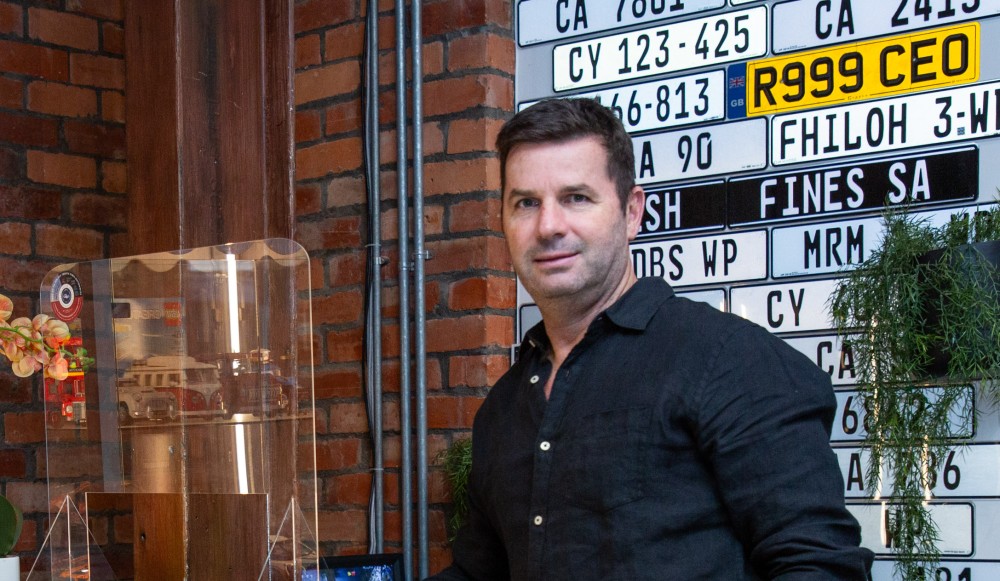Hyundai has beefed up its lineup of light commercial vehicles with the addition of the Venue 1.2 Premium Cargo Van. This locally modified load lugger joins the Grand i10 version, cozies up with the H100 bakkie and the Staria panel van to form a merry gang of road warriors.
When Nissan decided to bid adieu to the NP200 half-ton bakkie, it left a gaping hole in the market, like a donut without its sugary center. Hyundai jumped in with the i10, while Mahindra, not to be outdone, rolled out a XUV300 version of the small cargo carrier.
These are fully homologated as commercial vehicles so are eligible for zero VAT for operators.

Now, with the usable lifespan of those half-tonners nearing their final curtain call, Hyundai has thrown the larger Venue into the mix. This new option is tailor-made for small businesses doing in-city and rural deliveries. Think armed response units, florists, event planners, food delivery services and parcel delivery folks. Basically, anyone who needs to haul stuff and look good doing it.
The Venue Cargo is based on the passenger version of the Venue, and has all the same bells and whistles.
Stanley Anderson, Sales and Marketing Director at Hyundai South Africa, says: “We decided to keep things the same because, let’s be real, removing some of the ‘luxuries’ barely dents the price. Plus, we think these extras make for a cushier ride for the driver and bump up the overall safety.”

With a load capacity of 1 296 litres, the Venue Cargo has a payload capacity of 620 kilograms and it can tow up to 1 100 kilograms (braked). And just like its Grand i10 sibling, it’s got the rear cargo area wrapped up in a safety cage to keep the cargo safe and sound.
Under the hood, the Venue Cargo sports a 1 197 cc four-cylinder petrol engine that cranks out 61 kW at 6 000 r/min and 115 Nm of torque at 4 000 r/min. It’s got a five-speed manual gearbox and rolls on 195/65 R15 wheels and tyres.
Standard features include driver and passenger airbags, power steering, air-conditioning, an adjustable steering column, multi-function buttons on the steering wheel, a center dash display with Bluetooth for Apple Car Play and Android Auto, a front USB socket, anti-lock braking with EBD, and 12-volt power sockets front and rear.

In the grand scheme of things, there’s not a whole lot of difference between the Venue and the Grand i10, except for the size of the load area. But Anderson says that based on actual vehicles already out there, this option saves you a pretty penny over its NP200 rival. Over 180 000 km of customer feedback, the i10’s operating cost is 31 c/km – that’s 50% less than the half-tonner.
“In terms of fuel consumption, user records show the Grand i10 averages 5,4 l/100 km versus 8,1 l/100 km from the opposition. That makes it 33% more economical. Over a fleet of 10 vehicles in a year, you’re looking at fuel cost savings of R185 000.”
The new Hyundai Venue Cargo is priced at R321 500.
Colin Windell for Colin-on-Cars in association with
proudly ALL THINGS MOTORING








